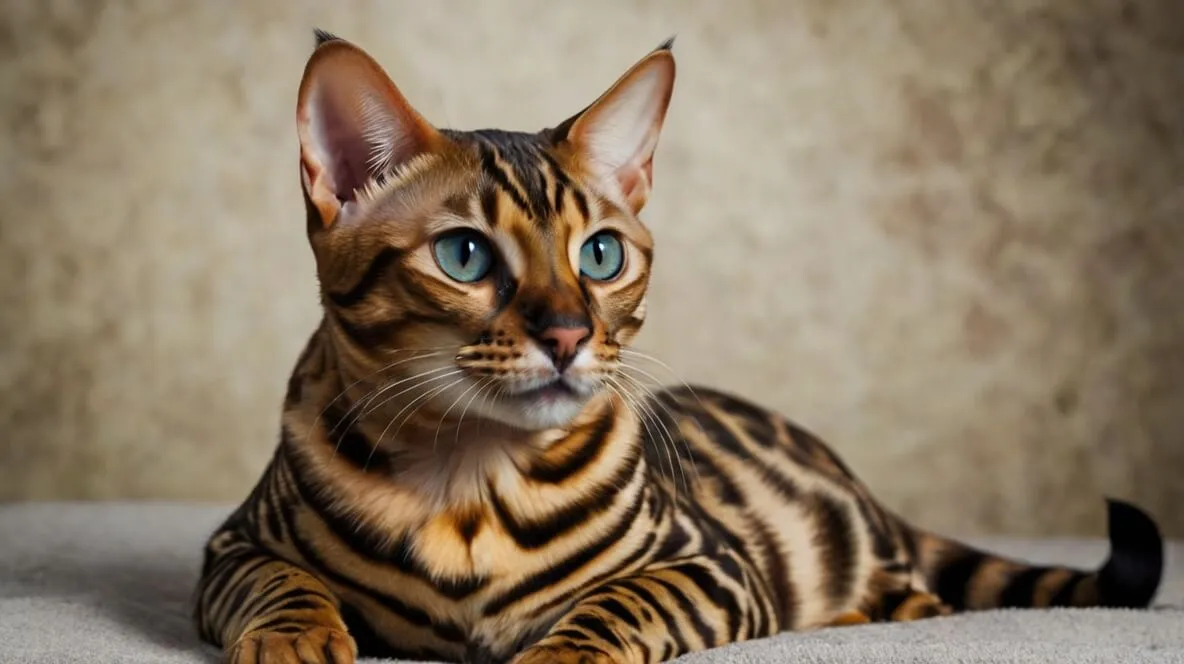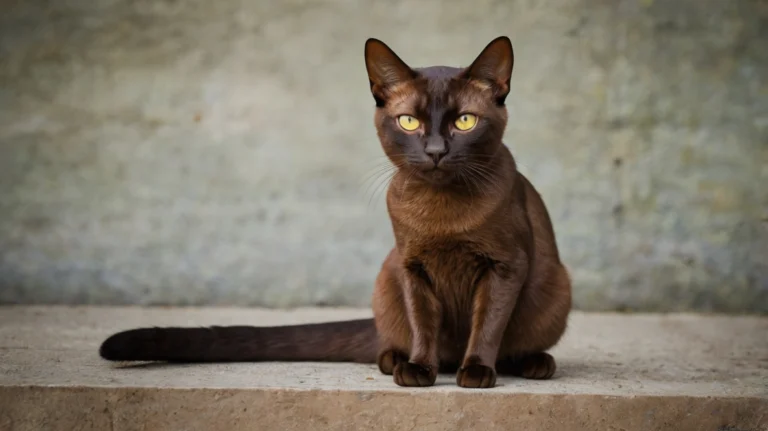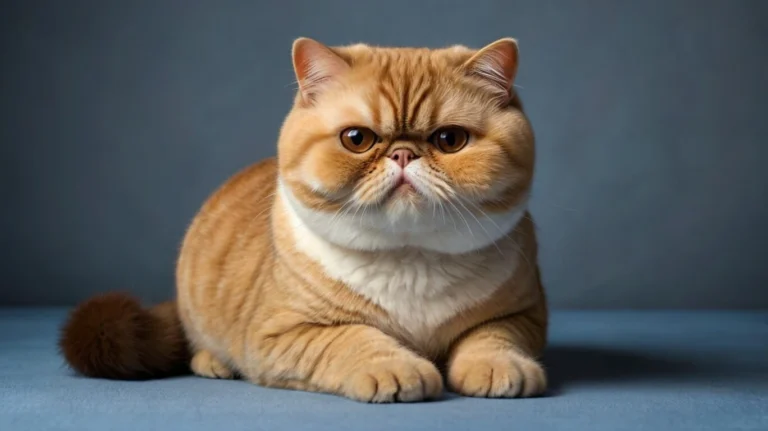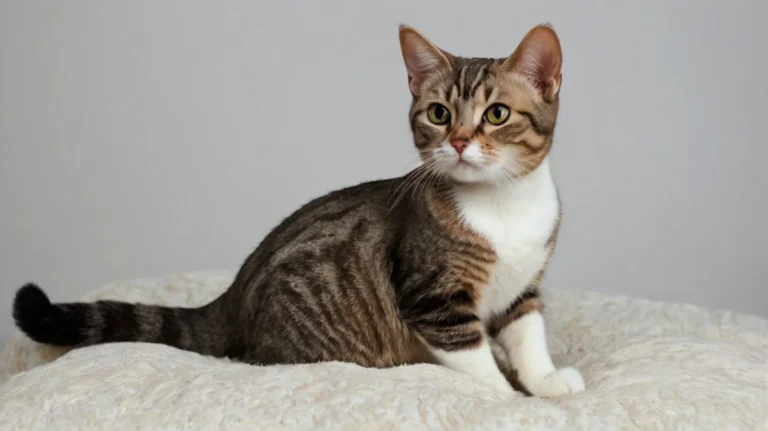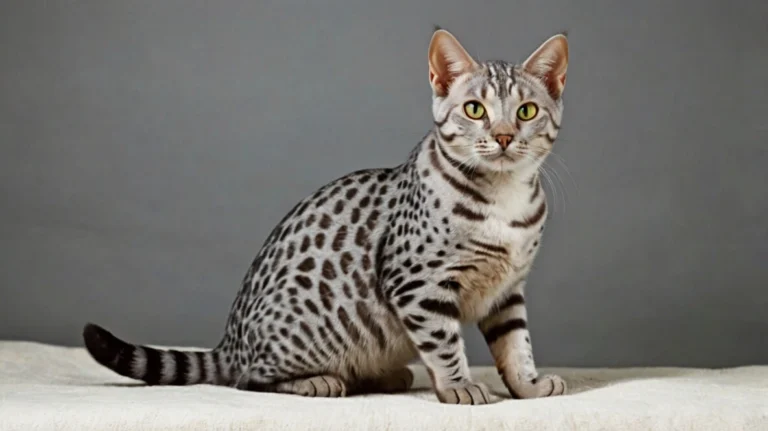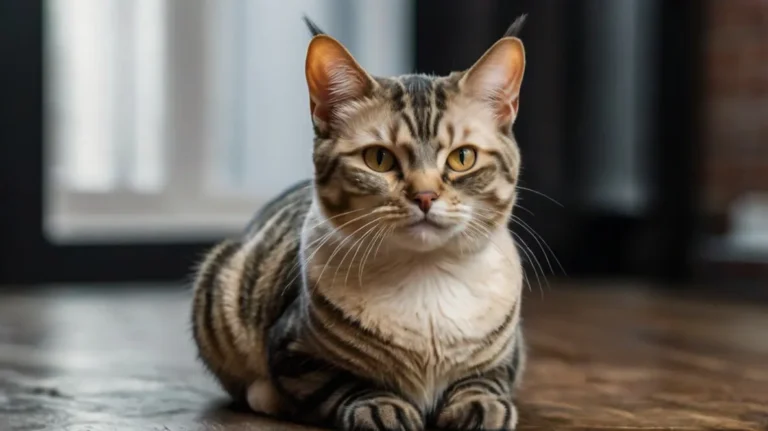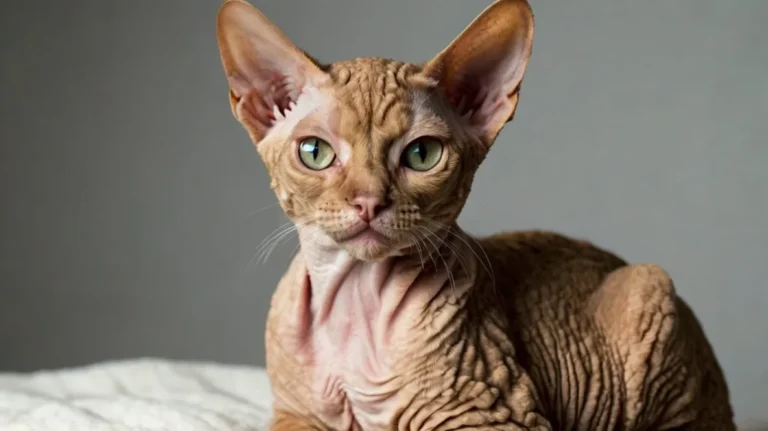The Bengal cat : caracteristics, Personality and History
Introduction
The Bengal cat is one of the most striking and sought-after feline breeds, renowned for its wild leopard-like appearance and domestic temperament. Developed by crossing Asian leopard cats with domestic shorthairs, Bengals boast glittered coats, athletic builds, and playful personalities that make them extraordinary companions for active households.
Whether you’re considering adopting a Bengal or simply fascinated by this exotic breed, this guide covers everything – from their controversial origins and unique appearance to temperament, care requirements, and health considerations.
History & Origin of the Bengal Cat
The Bengal breed originated from experimental breeding programs in the 1960s-1980s:
- The Bengal breed traces its origins to 1963, when geneticist Jean Mill initiated the first documented crossing of an Asian leopard cat with a domestic feline.
- Early generations (F1-F3) were more wild in temperament
- The breed reached a major milestone in 1983 when The International Cat Association (TICA) granted it championship status, allowing Bengals to compete for top honors in shows.
- Now 4+ generations removed from wild ancestors
Physical Characteristics of the Bengal Cat
Bengals are medium-to-large cats with unmistakable wild aesthetics:
- Coat: Short, dense, and glittered with unique marbled or spotted patterns
- Colors: Brown, silver, snow (lynx, mink, sepia), and melanistic
- Markings: Rosettes, arrowhead spots, or clouded marbling
- Body: Long, muscular, and athletic with strong bones
- Eyes: Oval, wide-set in gold, green, or blue (snow Bengals)
- Weight: 8-15 lbs (males larger than females)
Personality & Temperament
Bengals perfectly blend their untamed, leopard-like appearance with surprisingly affectionate and lively domestic temperaments.
- Exceptionally bright – Masters complex tricks, figures out door mechanisms, and excels at puzzle feeders with impressive problem-solving skills
- Energetic & Athletic – Needs vertical space and daily interactive play
- Water-Loving – Many enjoy playing in water or joining showers
- Highly communicative – Maintains constant dialogue through distinctive vocalizations and enjoys participating in all household activities
- Strong Hunting Instinct – May “hunt” toys or household items
For more information on different feline varieties, explore our complete guide to All About Cat Breeds
Bengal Cat Care & Health
Grooming Needs:
- Weekly brushing (minimal shedding)
- Nail trimming (strong scratchers)
- Dental care important
Diet & Nutrition:
- High-protein, meat-rich diet
- Puzzle feeders recommended for mental stimulation
- Avoid overfeeding (prone to obesity)
Common Health Issues:
- Hypertrophic cardiomyopathy (HCM)
- Progressive retinal atrophy (PRA)
- Patellar luxation
- Average lifespan: 12-16 years
Is a Bengal Cat Right for You?
✅ Best For:
- Active families with time for play
- Experienced cat owners
- Homes with cat trees/safe outdoor spaces
❌ Not Ideal For:
- First-time owners
- Quiet, sedentary households
- Those wanting a lap-only cat
Where to Adopt or Buy
- Reputable Breeders: Check TICA/CFA listings
- Bengal Rescues: Specialized organizations exist
- Price Range: 1,500−1,500−5,000+ (show quality)
Final Thoughts
The Bengal cat offers exotic beauty paired with lively intelligence, perfect for owners who can meet their high energy needs. Their stunning coats and engaging personalities make them truly unique felines.
Considering a Bengal? Ensure you’re prepared for their activity level and mental stimulation requirements!
Helpful Resources:
- Cat Fanciers’ Association (CFA) Bengal Breed Profile
Detailed breed history and characteristics - Hypertrophic Cardiomyopathy (HCM) in Bengals – Cornell Feline Health Center
Authoritative information on this common Bengal health concern - Bengal Rescue Network
Nationwide organization for rehoming Bengals

